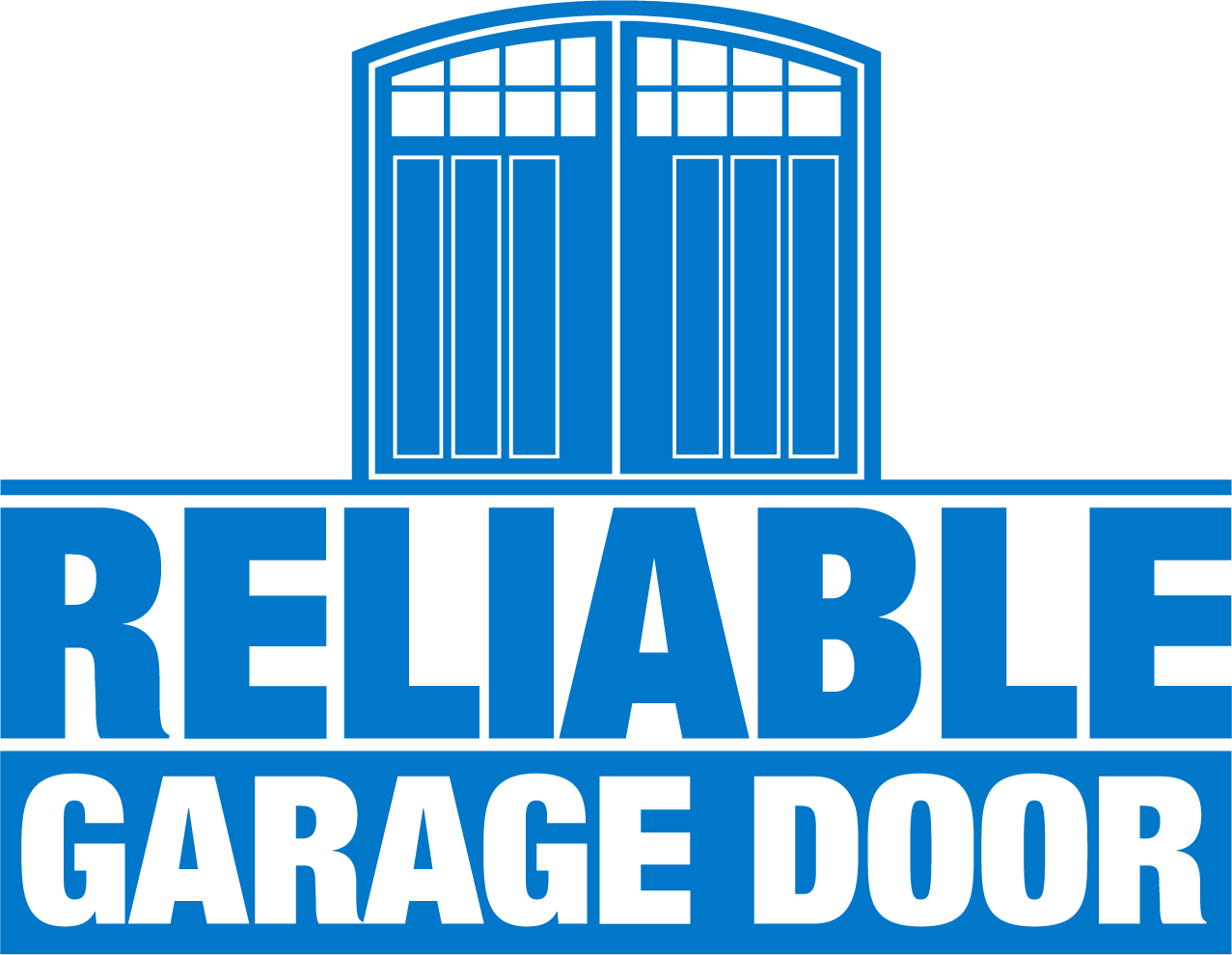Feb 13, 2019
What are garage door springs and why do they matter?What are garage door springs?
There are two kinds of garage door springs: torsion and extension. They look pretty much like any other spring you’ve seen: basically just a long metal coil. The main difference between the two is that torsion springs work by twisting while extension springs work by expanding and compressing.
Torsion springs will be wrapped around a bar directly above the door, while extension springs can be found on both sides of the upper track and should be secured by safety cables (unfortunately, many are not). Torsion springs have been the industry standard for garage doors for some time. Any new construction garage will have a torsion spring instead of extension springs, and any time an older home has garage door work done, it’s always recommended that extension springs be removed and a torsion spring installed in their place.
Why do they matter?
Here’s the secret that garage door openers don’t want you to know: Without springs, they’d be useless. That’s right, that little box hanging from the ceiling would have no chance at lifting your garage door — which can weigh hundreds of pounds — without springs.
As torsion springs twist, and as extension springs expand, they provide a counterbalance that helps support the weight of the door. This balances and controls the door as it opens and closes.

Without these, your opener wouldn’t have the power to lift the door. If the garage door opener is Popeye, the springs are the spinach.
Which type of spring is best?
Torsion springs are the better choice, plain and simple. Extension springs are simply too dangerous and outdated. Torsion springs are considerably more efficient because they apply equal pressure to both sides of the door. Extension springs, on the other hand, operate independently of one another, which can cause one side to lift at a higher rate than the other and throw the entire system out of whack. Depending on the size you get, torsion springs can last anywhere from 5,000 to 500,000 cycles. So given that they’re better in terms of safety, efficiency and longevity, torsion springs are the clear winner.

What if i have a broken or worn spring?
Just like any other part of a garage door, springs can wear and break over time. But unlike other parts that can be fixed with a little know-how, spring repairs and replacements should always be left to the experts. That’s because you have to choose the correct spring or your door won’t work properly, and because springs are the most dangerous part of the garage door system. A broken extension spring can fly off violently, damaging property and causing severe injuries. There are even cases of people being killed by a broken spring. For this reason alone, it’s best to call the experts whenever you have an issue with your garage door springs.
You’ll likely notice that a spring is broken if you hear a loud pop, your door doesn’t open or if you see the spring visibly broken or hanging by its safety cable. If any of these things happen, please give Reliable Garage Door a call and we’ll be happy to come out and take a look. Your safety is our number one priority, and we’ll make sure everything is repaired quickly and accurately so you can get back to forgetting that springs even exist.
